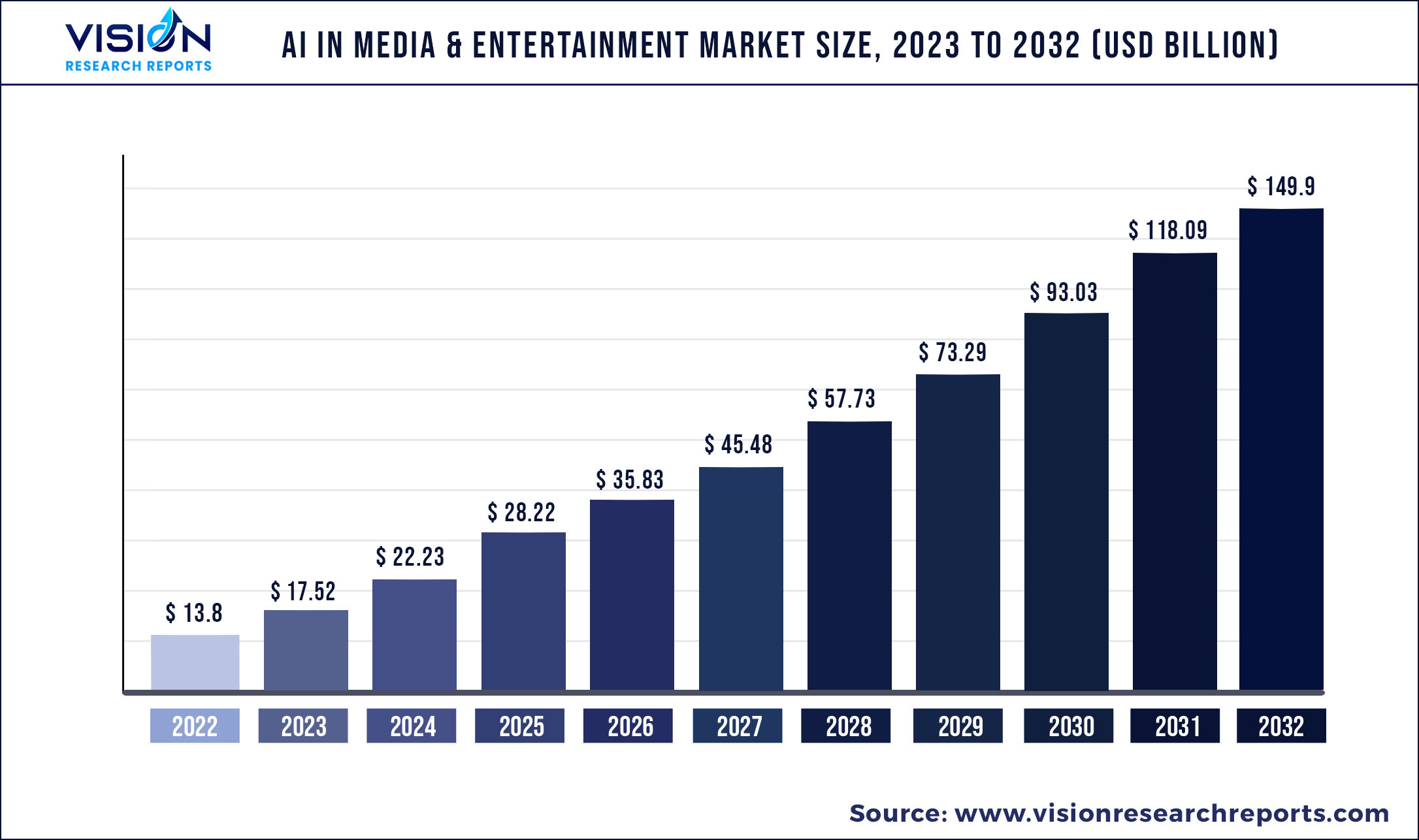Youth Unleashed
Exploring the vibrant voices and trends shaping the youth culture today.
From Blockbusters to Binge-Watching: The Shift in Viewer Expectations
Discover how blockbuster films gave way to binge-watching and transformed what audiences crave in entertainment today!
How Streaming Services are Redefining Blockbuster Success
The rise of streaming services has dramatically reshaped the landscape of entertainment, redefining what it means for a film or series to achieve blockbuster success. Instead of solely relying on box office numbers, success is now measured by viewership metrics and subscriber growth across various platforms. With the likes of Netflix, Hulu, and Disney+ producing exclusive content, audiences are increasingly gravitating towards home viewing experiences, allowing these platforms to cultivate large, devoted fan bases. This shift has resulted in a diversified range of storytelling that appeals to niche markets, ensuring that even lesser-known productions can achieve remarkable success without traditional marketing budgets.
Moreover, streaming services have paved the way for innovative marketing strategies that leverage data analytics to understand viewer preferences. By tailoring content recommendations and using targeted advertisements, these platforms not only enhance user engagement but also drive further interest in their offerings. The focus on original programming and exclusive releases has also encouraged a new wave of storytelling and creative experimentation, as filmmakers and showrunners feel empowered to explore unconventional narratives. In this evolving cinematic landscape, blockbuster success is no longer confined to the silver screen; it is now synonymous with the ability to captivate audiences through diverse and unique viewing experiences.

The Rise of Binge-Watching: What Viewers Really Want
The phenomenon of binge-watching has transformed the way we consume media, particularly in the last decade. With the advent of streaming platforms such as Netflix, Hulu, and Amazon Prime, viewers have developed a preference for watching multiple episodes of a series in one sitting. This shift in viewing habits can be attributed to several factors, including the accessibility of content, the allure of storytelling arcs that seamlessly blend together, and the desire for instant gratification. In fact, studies show that binge-watching enables viewers to experience emotional engagement on a deeper level, allowing them to form a connection with the characters and plot.
So, what do viewers really want when they indulge in binge-watching? Firstly, they seek immersive narratives that captivate their attention and make them invest emotionally. Secondly, there is a desire for high-quality production values that enhance the overall viewing experience. Finally, the convenience of watching at their own pace without the interruption of weekly episodes plays a critical role in satisfying modern audiences. As a result, the rise of binge-watching signifies not only a change in consumption patterns but also a deeper understanding of what contemporary viewers are looking for in their entertainment experiences.
From Theatrical Releases to On-Demand: How Viewer Expectations Have Evolved
The evolution of viewer expectations has dramatically transformed the landscape of film consumption, particularly with the transition from theatrical releases to on-demand platforms. In the past, audiences eagerly awaited the release of a film in theaters, often planning their schedules around these events. The communal experience of watching a film on the big screen created a sense of anticipation and excitement. However, with the rise of streaming services, this dynamic has shifted considerably. Viewers now expect immediate access to a vast library of content at their fingertips, leading to a significant change in how films are marketed and distributed.
Today, the demand for convenience and flexibility has reshaped not only how films are consumed but also the types of films that are produced. Audiences are no longer restricted by geographic location or time constraints; instead, they seek personalized viewing experiences tailored to their preferences. On-demand services have galvanized this trend, setting a new standard for viewer expectations. As a result, creators and studios must now innovate and adapt to capture audience attention in an oversaturated market, often prioritizing engaging storytelling and high production values to meet the evolving desires of their viewers.